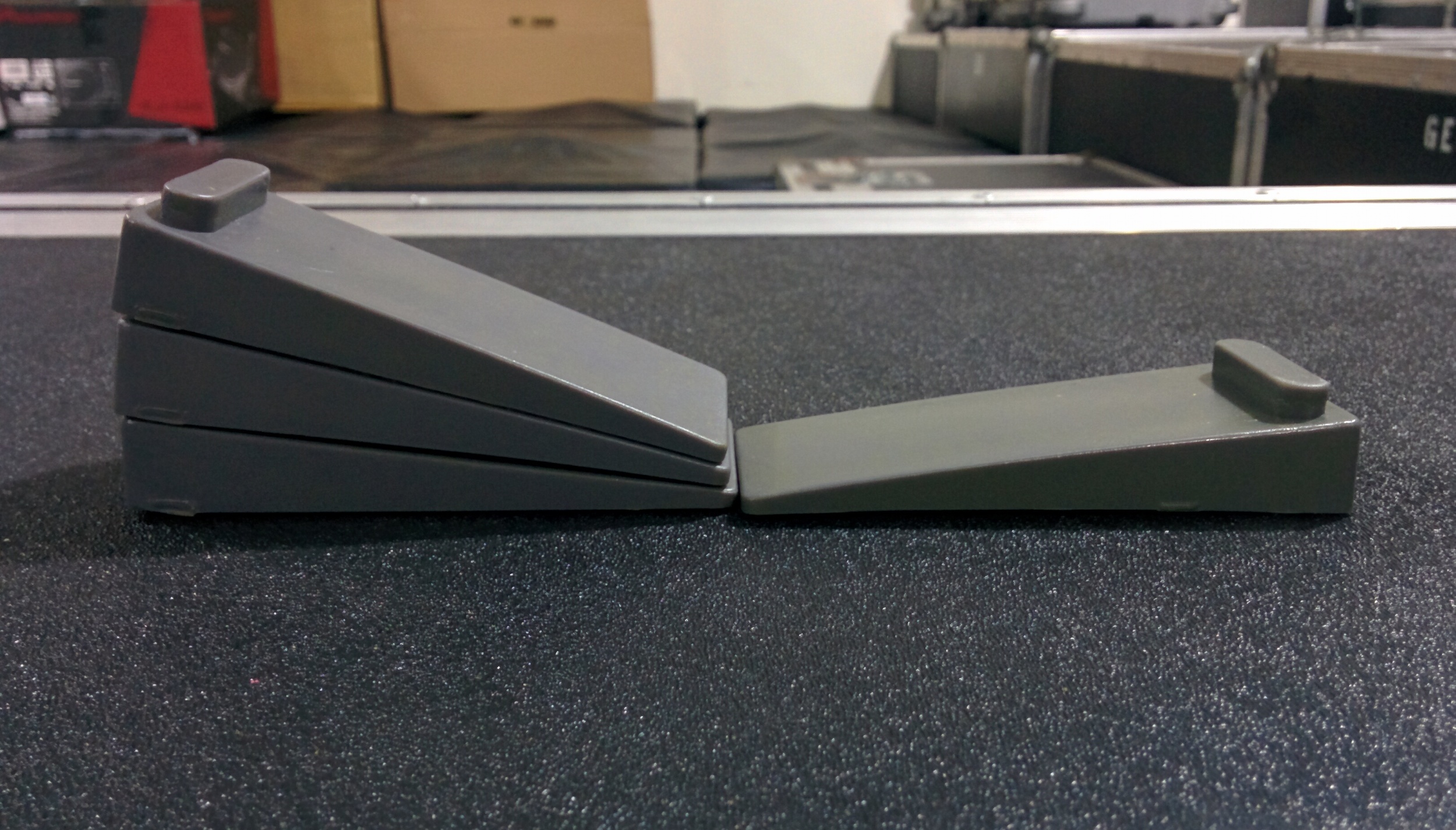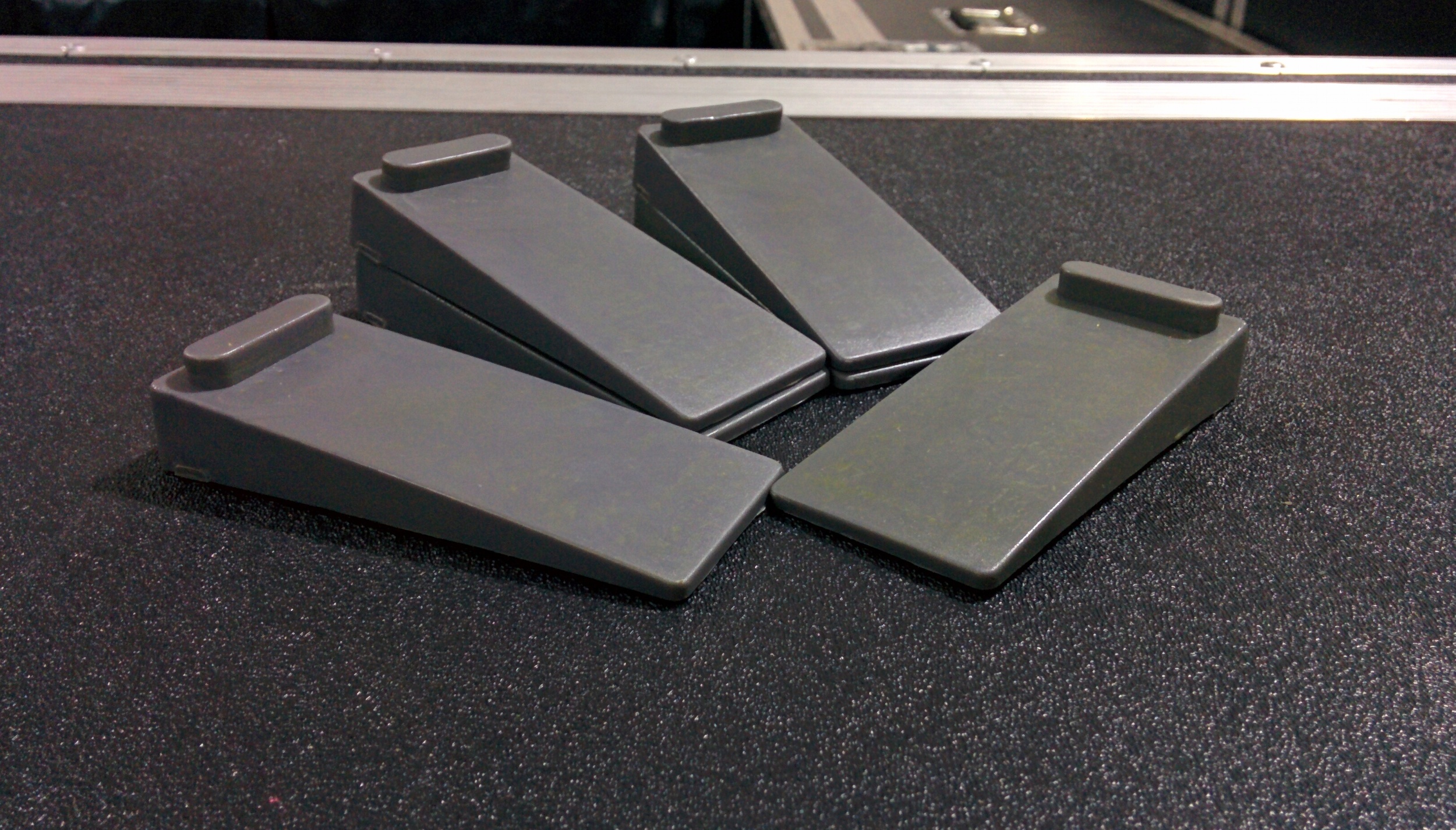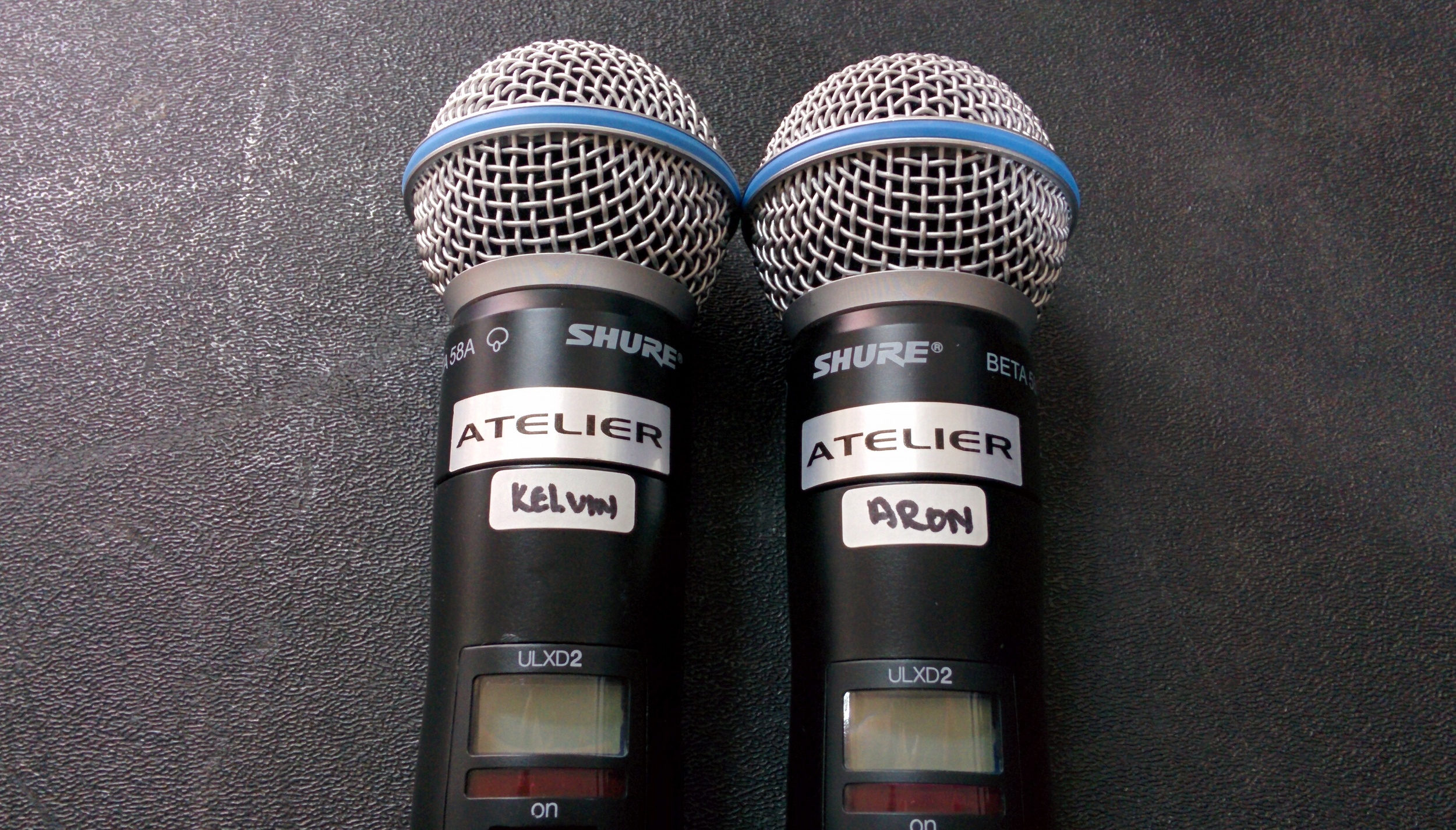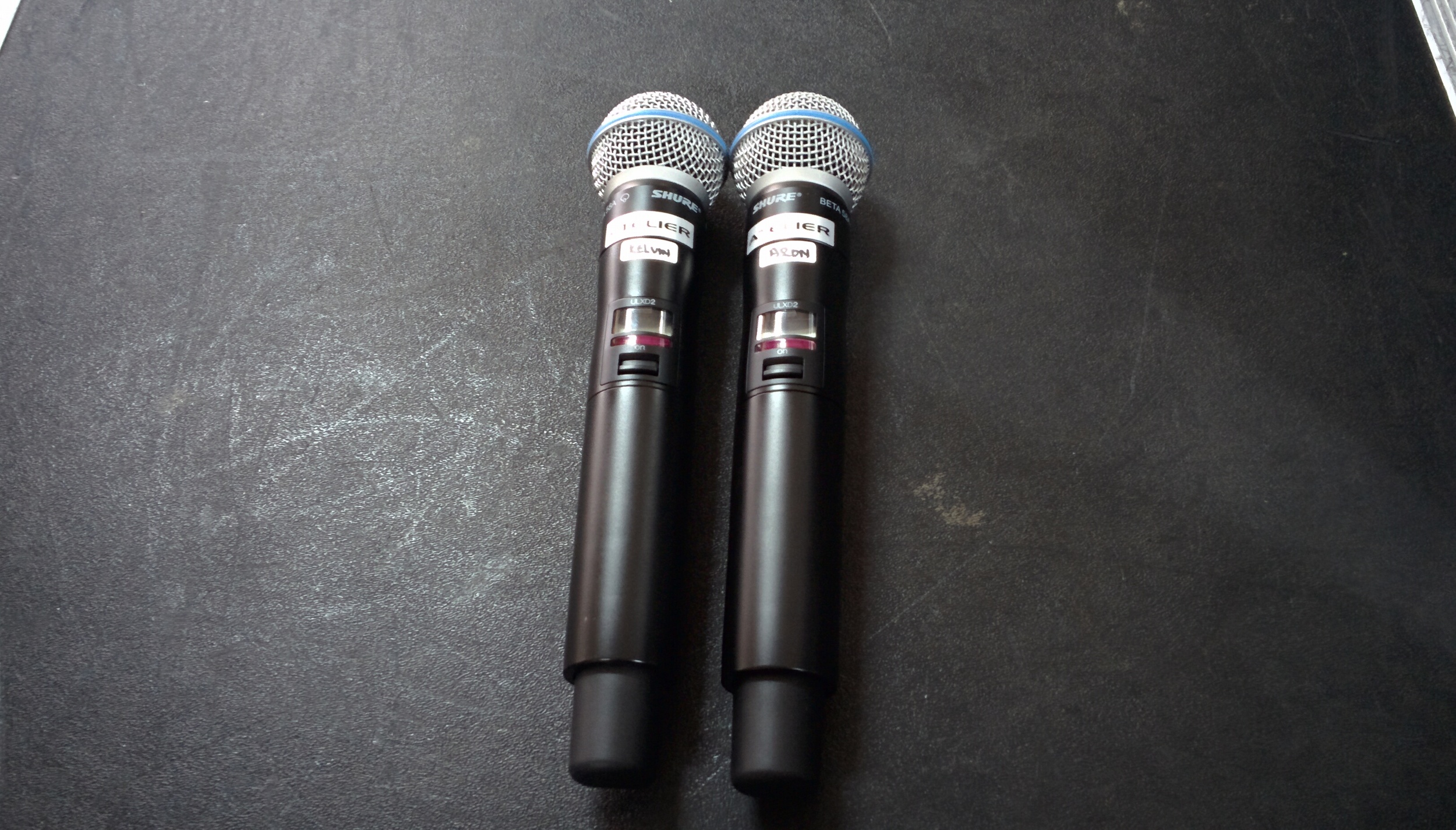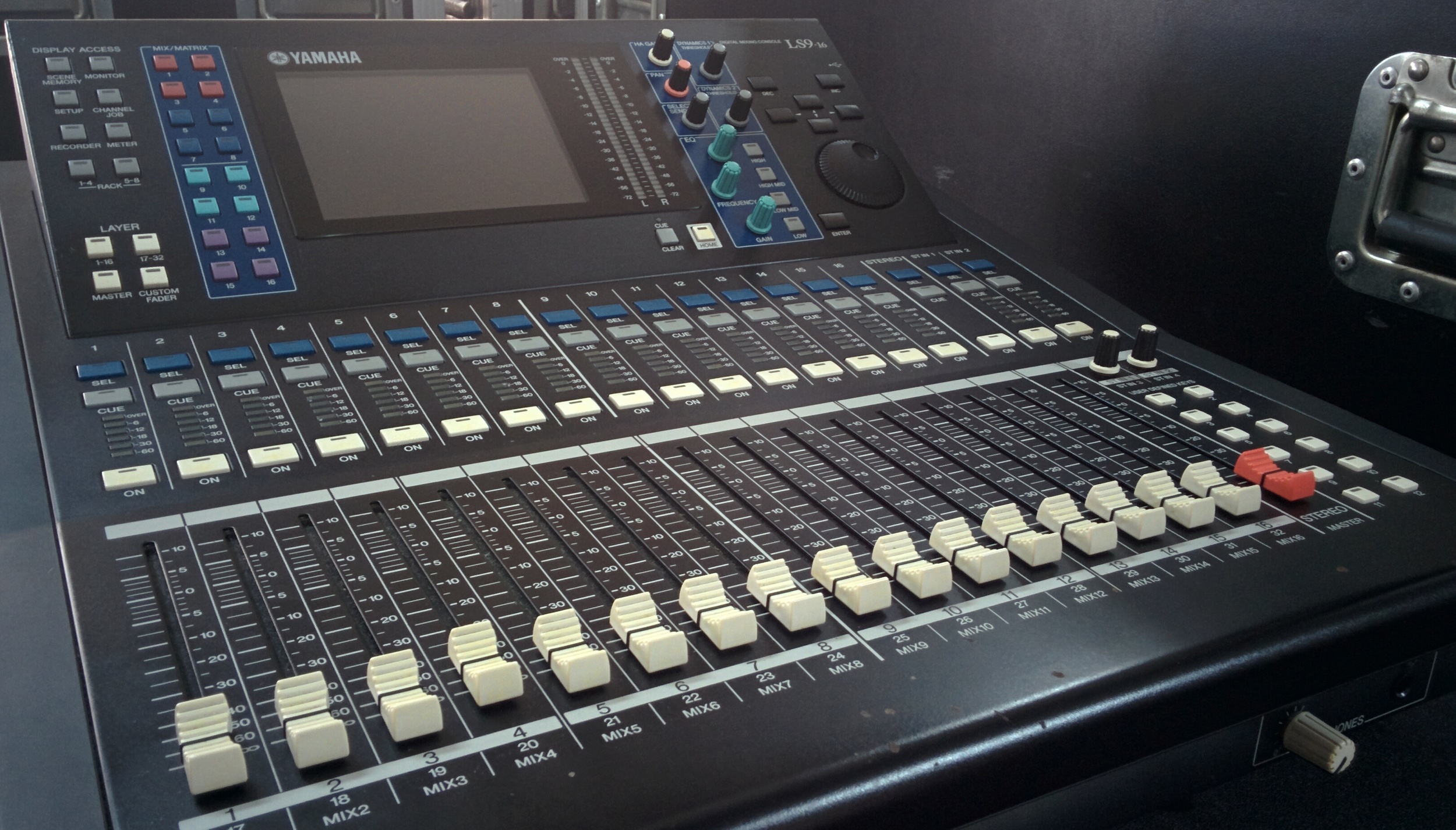Daiso items that are surprisingly useful for audio engineers
Ah Daiso... a marketplace that furnished itself with a multitude of products—from stationery to dining ware to even handy tools. This powerhouse store has packed its arsenals to ensure that there is something for everybody to purchase in store. On top of the array of products it sells, the most attractive reason for any consumer to spend their time in the store would be the $2 SGD price tag on every single item.
Daiso Storefront @ Citysquare mall, Credits Daiso
In this post, we will take a look at some of the items bought from Daiso that is surprisingly useful for audio engineers or technical production crews. The products featured here are not sponsored and I have been using it for a respectable amount of time (min. 6 months). Some have even survived the years on the road, working on the countless number of shows we have participated in. These items were all bought from Daiso and it was not necessarily meant for production work but with a little bit of creativity, they turn out to be exceptionally applicable.
Daiso Modular Doorstopper
One might ask what else can a doorstopper do? In my own experience, the Daiso modular doorstopper is very well designed to be integrated with front fields speakers. This is more aesthetically pleasing than using gaff or electrical (insulation) tapes to alleviate the speaker. The modular doorstopper provides more "control" in the tilt degree of your speaker. Unlike any generic doorstopper, the modular characteristic allows the user to "customise" the height of the doorstopper to suit the speaker dispersion towards the designated area. The rubberised locking mechanism on the doorstopper has proven itself to be rugged enough for heavy weight load (the max. I have tried was 29kg). The modular doorstopper comes in a pack of 2 and can be found in the home section of the store.
Daiso Modular Doorstopper (Grey)
Modular Doorstopper in action
Daiso white label stickers
Although this is a very common item that many of my friends / colleagues use, I still get asked a lot about where I get them. Before I found out that Daiso sells this label sticker in smaller quantities, I used to purchase something similar from Alibaba with a minimum order of 2000 sheets (35 stickers per sheet) and that will probably last you years to come (please don't judge me). The good thing about this is that these labelling stickers come in different sizes and you can use it for anything you desire. Depending on the sizes, the stickers will come in a pack of 800 pieces (small size) to 350 pieces (medium size) to 25 pieces (large size) and can be found in the stationery section of the store.
Daiso Label Sticker (Tack Seal)
Labelling mic, clean and neat.
Labelling stick at inconspicuous area
Daiso Magnetic Sheet (A4 size)
Not every live mixing console comes with an onboard LCD screen to display information such as channel names. Labelling the console with electrical tapes was a common task for any engineer to do. However, that might stain the console with sticky residue if the tapes were left for too long. In some cases, such practices were not practical, for example, in a festival situation where numerous bands are performing. This would require different sets of labelling to accommodate the changes in the audio patch. Using magnetic strips as a labelling medium can be a feasible way to counter this problem. This allows the labelling to be prepared on the strips. All you need to do is switch the magnetic strips as required. To make things even simpler, different bands can be colour coded to a set of magnetic strips. Daiso sells these magnetic sheets in different sizes and I have managed to purchase the A4 size pack (the most economical in my opinion). These magnetic sheets can be found in the stationery section of the store.
Daiso Magentic Sheet of various sizes
Using the magnetic strips for console labelling
Example of an onboard LCD display
Daiso Filter Bag for tea
For this product, it does not work alone with just the filter bag purchased from Daiso. The filter bags are to be filled with silica gels (not bought from Daiso) and be used anywhere to generally control the humidity in the environment. Humidity is one of the worst enemies for any microphone windshield / pop filter as they tend to disintegrate easily after long exposure in a high humidity space. As a general practice, I would couple these silica bags in pouches, cases or bags that store porous materials. Although Daiso does sell pre-packaged silica gel (laundry section), I would favour filling the filter bags myself as that is a cheaper option (but time-consuming). These filter bags can be found in the dining section of the store.
Daiso Tea Filter Bag with Silica Gel
Left: Pre-packed silica case, Right: "Selfmade" silica pouch
The great (maybe addictive) thing about Daiso is that the products are cheaply priced and does not cost you much to start experimenting around for other purposes. These items are some of the past purchases that I find extremely useful and would not mind buying again. If you have a specific Daiso item that is useful in this field of work, why not share it with the community in the comment section?
YWFU

